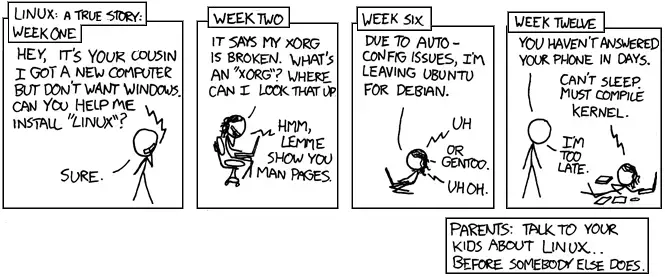

The power aspect is a lot bigger of a factor than I would have thought. I had an old computer I was going to use as a server for Foundry that I could keep up all the time, but when I measured its wattage and did the math, it would cost me $20 a month to keep on. A pi costs like $2 to keep running, so it paid for itself pretty quick






What would be more intuitive? It seems to me to be a
a=1 b=a a=2
Where you’d expect b to be 1, which is the case for bash.